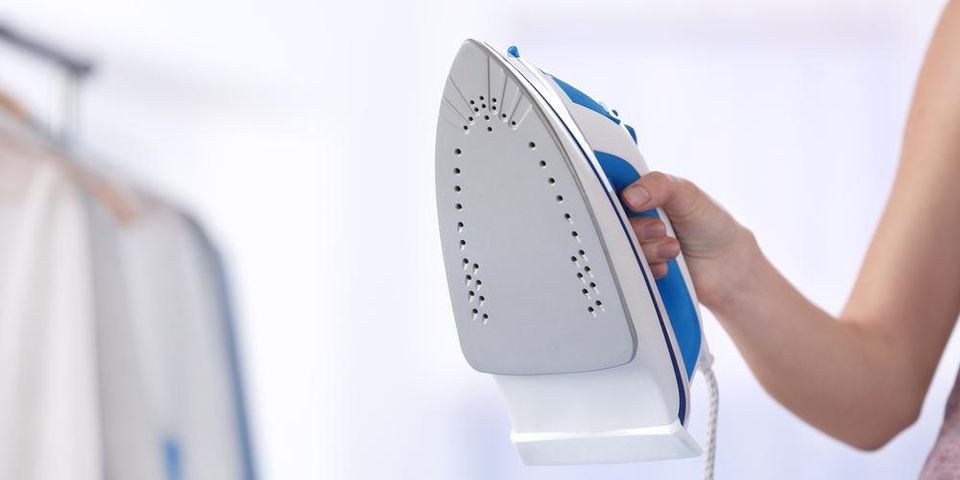
After hours of hard work, you finally finished your beautiful quilt. Now, all you need to do is press it. If you prefer a seamless look to a crinklier quilt texture, then use an iron to smooth it out. However, exercise caution to avoid damaging it. To ensure your creation remains in optimal condition for years to come, follow this basic quilting guide when pressing it.
How to Avoid Iron Damage for Basic Quilting
1. Be Wary of Polyester or Poly-Cotton
Many quilts can withstand ironing without issue. However, a hot iron can actually melt the polyester or poly-cotton batting in some quilts. If yours contains a polyester-derivative, then skip the iron. Instead, use a steamer or work out wrinkles by tumble drying the piece on low heat.
2. Treat Delicate Pieces with Care
 Materials like silk, synthetics, and delicate linens may be sensitive to ironing. After a few ironing sessions, the material can break down. Carefully iron on low heat with a cotton pressing cloth in between the device and the fabric. You should also avoid excessive ironing to prevent wear.
Materials like silk, synthetics, and delicate linens may be sensitive to ironing. After a few ironing sessions, the material can break down. Carefully iron on low heat with a cotton pressing cloth in between the device and the fabric. You should also avoid excessive ironing to prevent wear.
3. Talk to an Expert About Vintage Quilts
If you have an antique quilt or one constructed from vintage materials, always talk to an expert about the wisest mode of care. Both steam cleaners and irons may not be suitable for use on vintage fabrics, so don’t risk it before consulting a professional. An expert can determine the type of fabric as well as recommend a professional pressing service skilled in handling these delicate fabrics.
For more basic quilting tips, consult the experts at The Maui Quilt Shop in Kihei, HI. With years of experience in the field, they would love to help you determine the most suitable method to care for your quilt. If you’re new to the art, you can also enroll in basic quilting courses. Learn more about products and classes on the website, and call (808) 874-8050 with any inquiries today.
About the Business
Have a question? Ask the experts!
Send your question

